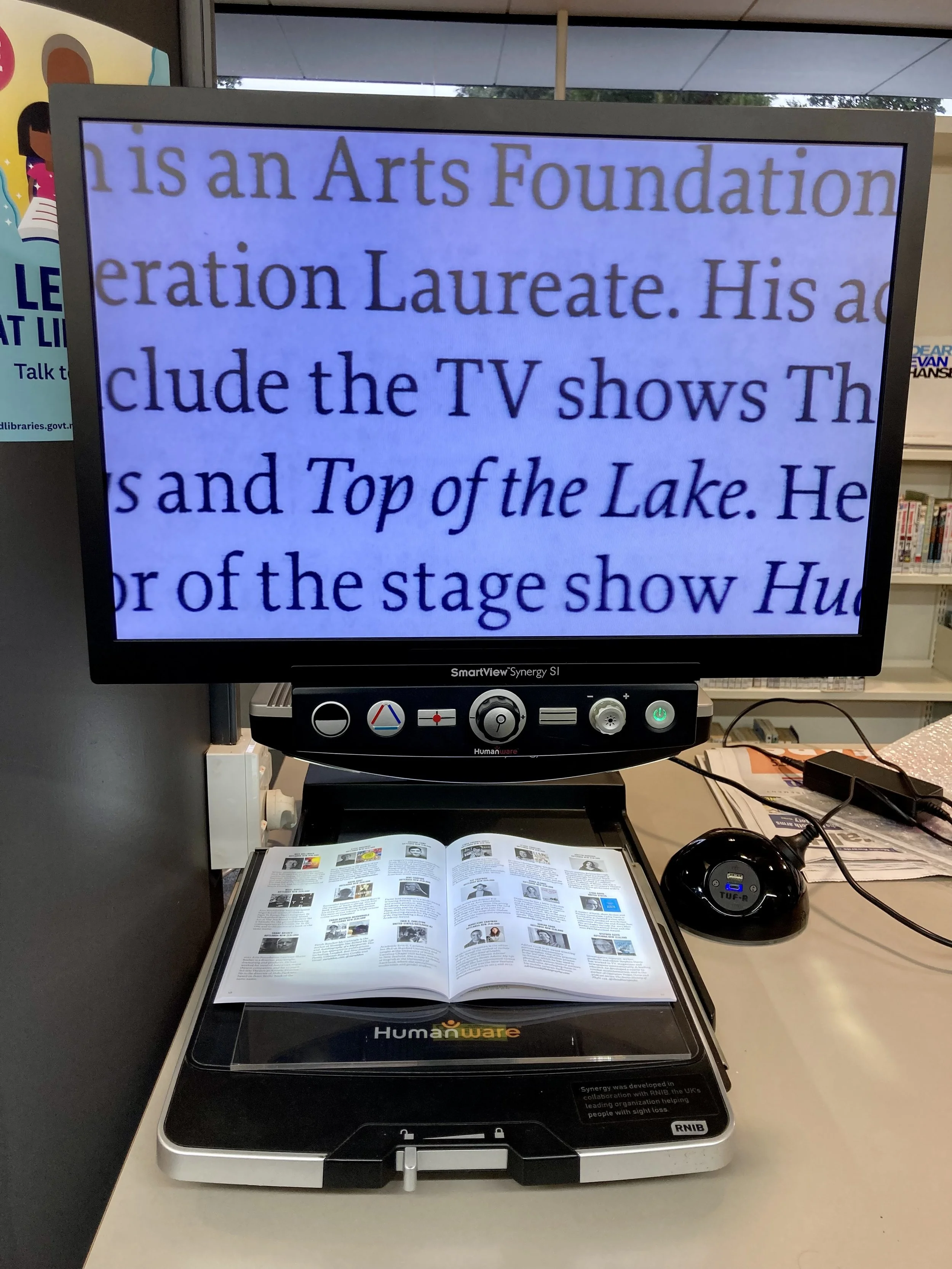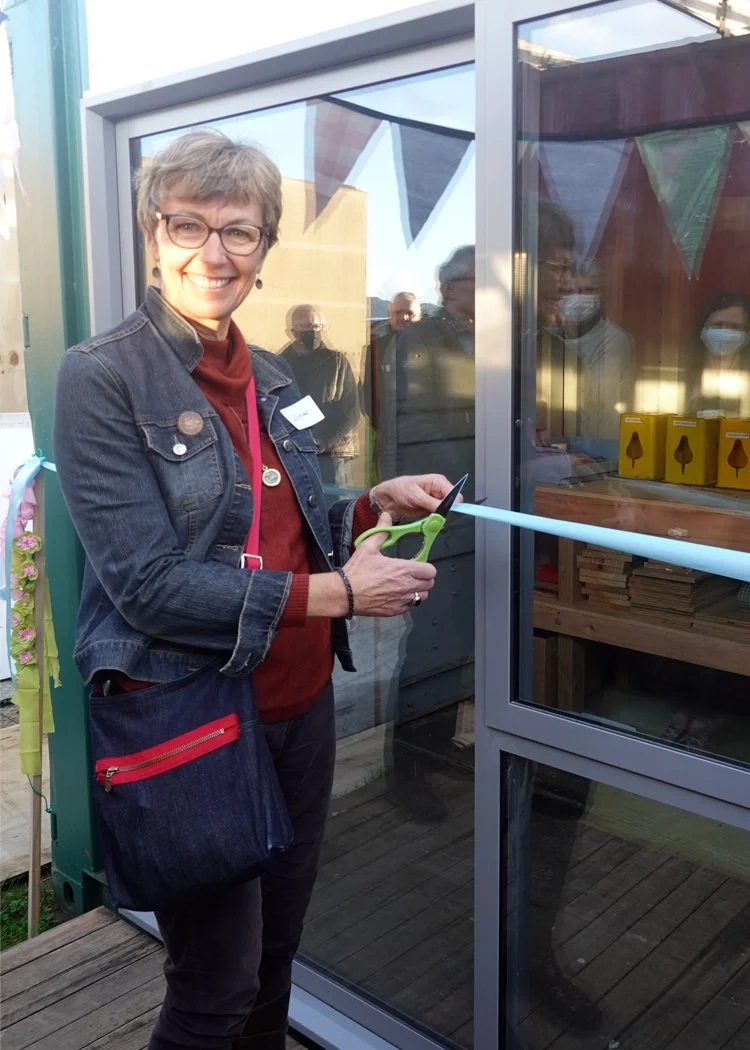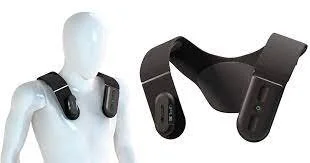A Kiwi start-up has developed cunning eye testing technology for pre-schoolers. This test doesn't involve reading letters or identifying any pictures. In fact children don’t need to speak at all - which can be useful with shy or non-verbal children.
How does it work? Children watch an animated show on the screen, with a patch over one eye. A few seconds in, the animation seems to glitch. Instead of the cheery colourful creatures, a grey dot pattern moves across the screen. A few seconds later, the cartoon is back. The “problem” is solved.
The way the child’s eye responds to the grayscale dot pattern tells the tester - or more particularly the software algorithm inside the device - what it needs to know about the child’s sight. Is the vision strong or weak? Lazy eye? Yes or no.
The cartoon is just a distraction. And the moving grey dot pattern and the software behind it has been under development by the University of Auckland scientists for pretty much a decade. It had its beginnings in a research project for eye movement in young children by the Auckland Bioengineering Institute and the School of Optometry and Vision Science.
This eye test idea came out of the study, and the company objective was formed to commercialise the technology.
Chief executive Adam Podmore says tests using the Snellen letters chart, developed more than 150 years ago by Dutch ophthalmologist Hermann Snellen and is still the gold standard today, can be difficult for small children and some disabled adults.








